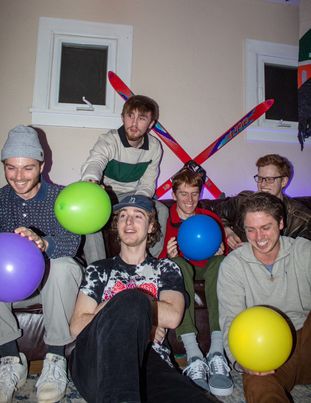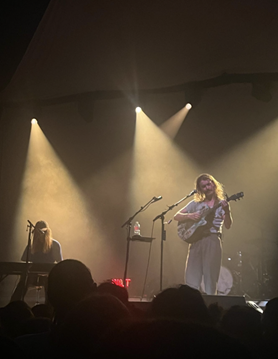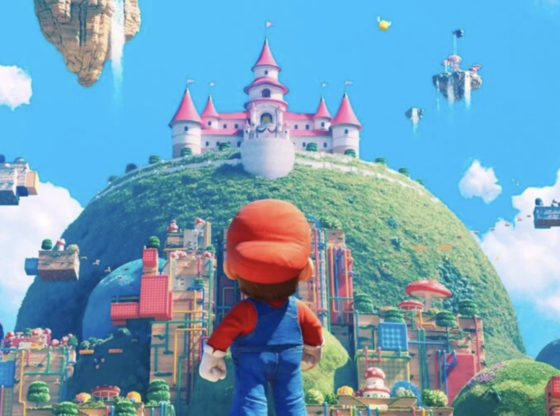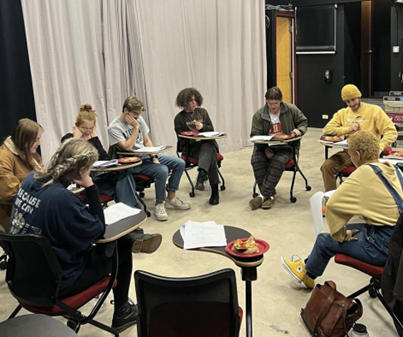On Tuesday, Feb. 7, Neil Gaiman, author of “Neverwhere” and “Coraline,” released his newest novel “Norse Mythology.” Holding true to the heart of the original folktales, the book travels from the genesis of nine worlds to the final battle, Ragnarok. In between are accounts of vengeance, love, glory and sacrifice.
The English writer developed an obsession with Germanic mythology as a child reading American comics by Jack Kirby and Stan Lee, as well as Roger Green’s novel “Myths of the Norsemen.” He, like so many others, was allured by the fantastic and foreboding city of Asgard inhabited by its motley of fascinating gods who both create and destroy.
Gaiman retells the beloved myths in a way that is both modern and ancient. In the intro, he explains that while researching for the book, he did not reread the comics and novels that enamored him when he was young. Instead he studied translated sources such as Snorri Sturluson’s “Prose Edda” and the verses of the “Poetic Edda,” texts that are 900 years old and rich with authentic Norse tradition.
Since the days when the Vikings preserved their religion within these vivid myths, the lives of Thor and his hammer Mjollnir as well as Odin the All-Father and the vindictive Loki have been retold innumerable times through music, comics, art, film and novels. The archaic stories will always adapt to modern times because within the myths are gods who embody innately human qualities from greed to deception to vanity and envy. Like Biblical parables, Norse myths were intended to teach character and to explain the unexplainable, such as the creation of life and where one goes after death.
The myths Gaiman chose to retell are mixtures of different takes on a variety of stories from his collected sources of medieval prose and poetry. The highly acclaimed novelist has proved, yet again, his capacity to transport readers into complex, mystical worlds that are so intimately detailed they seem almost familiar. The stories told are of ancient Viking tales, and yet, Gaiman articulates them in such a way that it is as though a narrator from the 21st century traveled to the beginning of time, to the land of Asgard, and recorded the events as a he perceived them.
Through shrewd skill, vibrant imagery and the author’s long-standing admiration for the northern legends, Gaiman has managed to make Norse Mythology, at nearly 1000 years old, resurface as a fresh and contemporary text.











